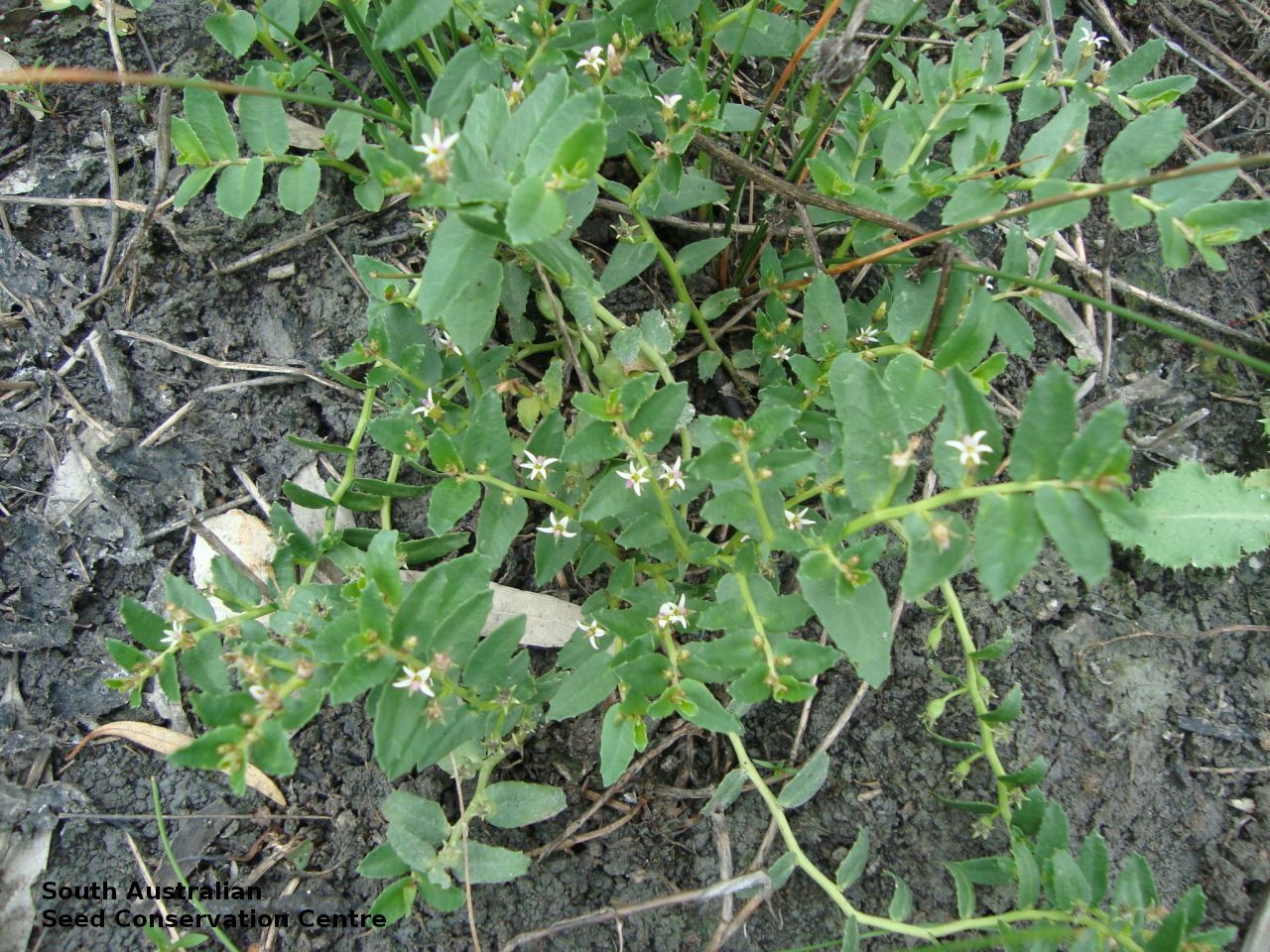
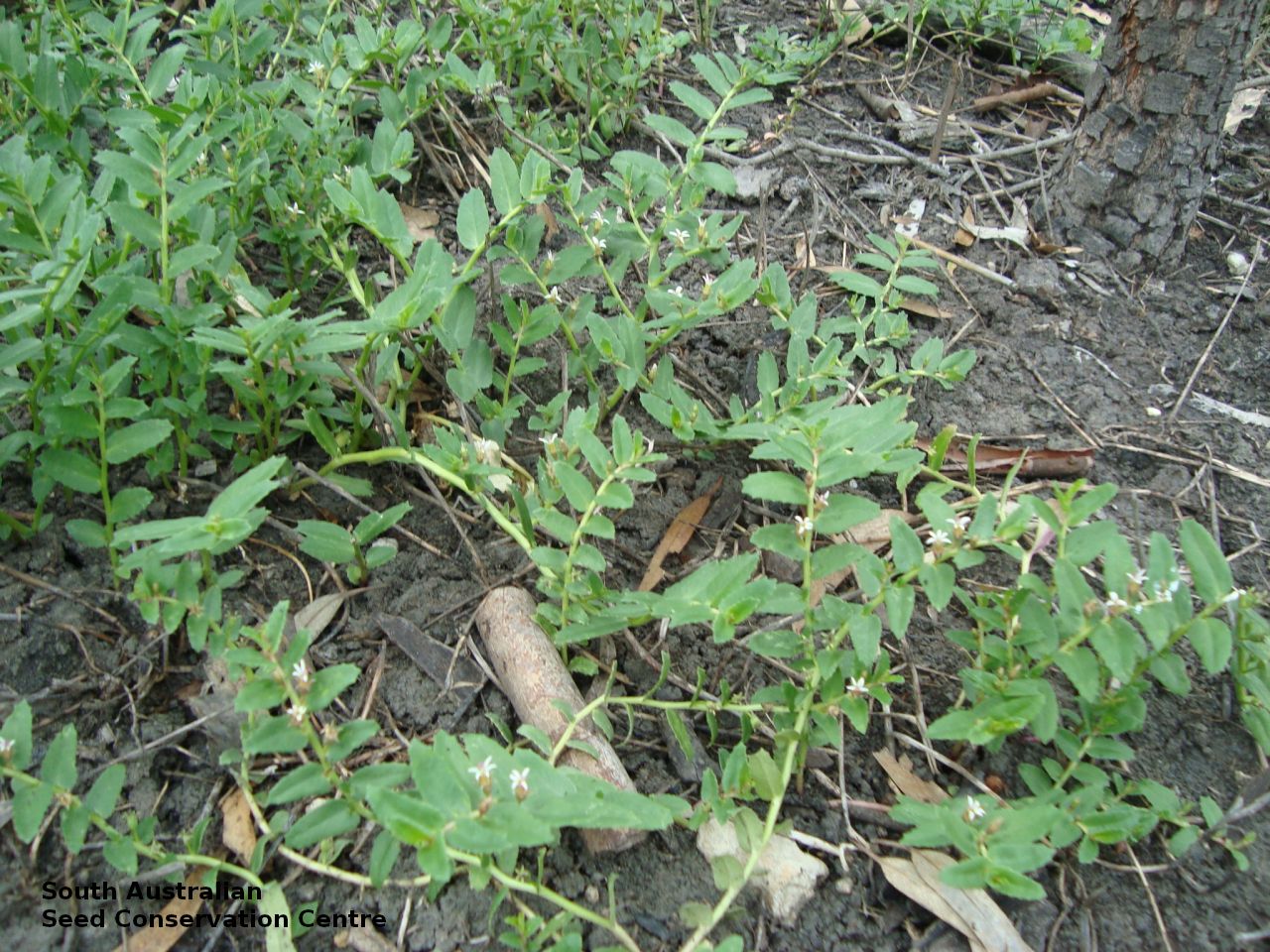
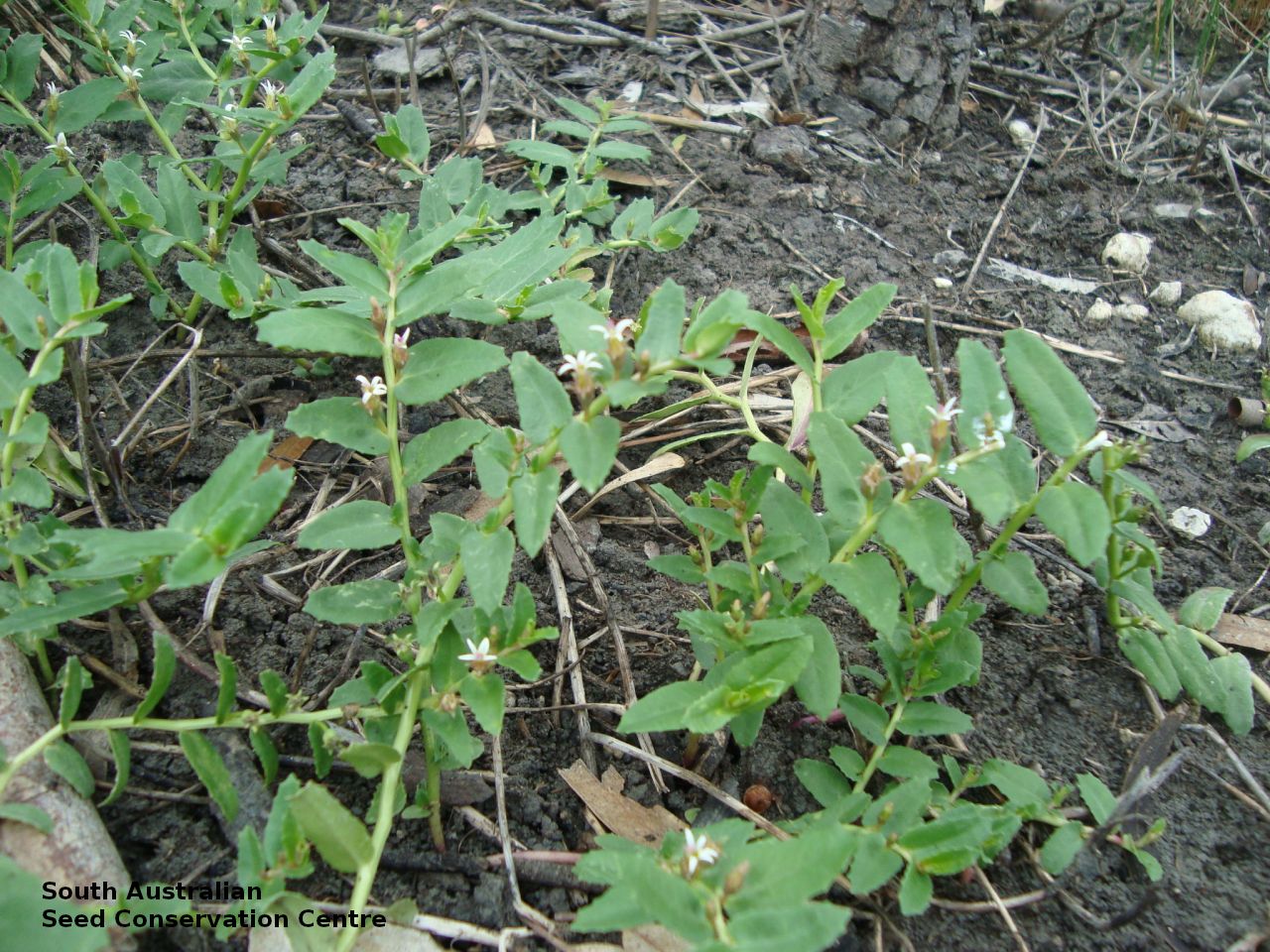
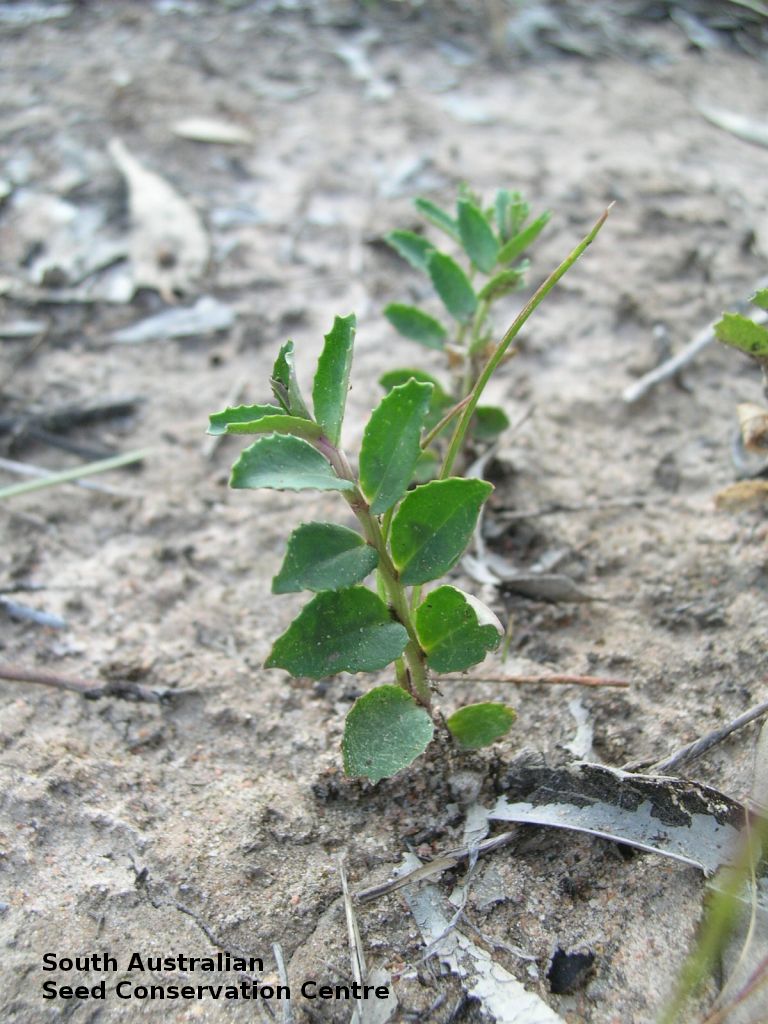
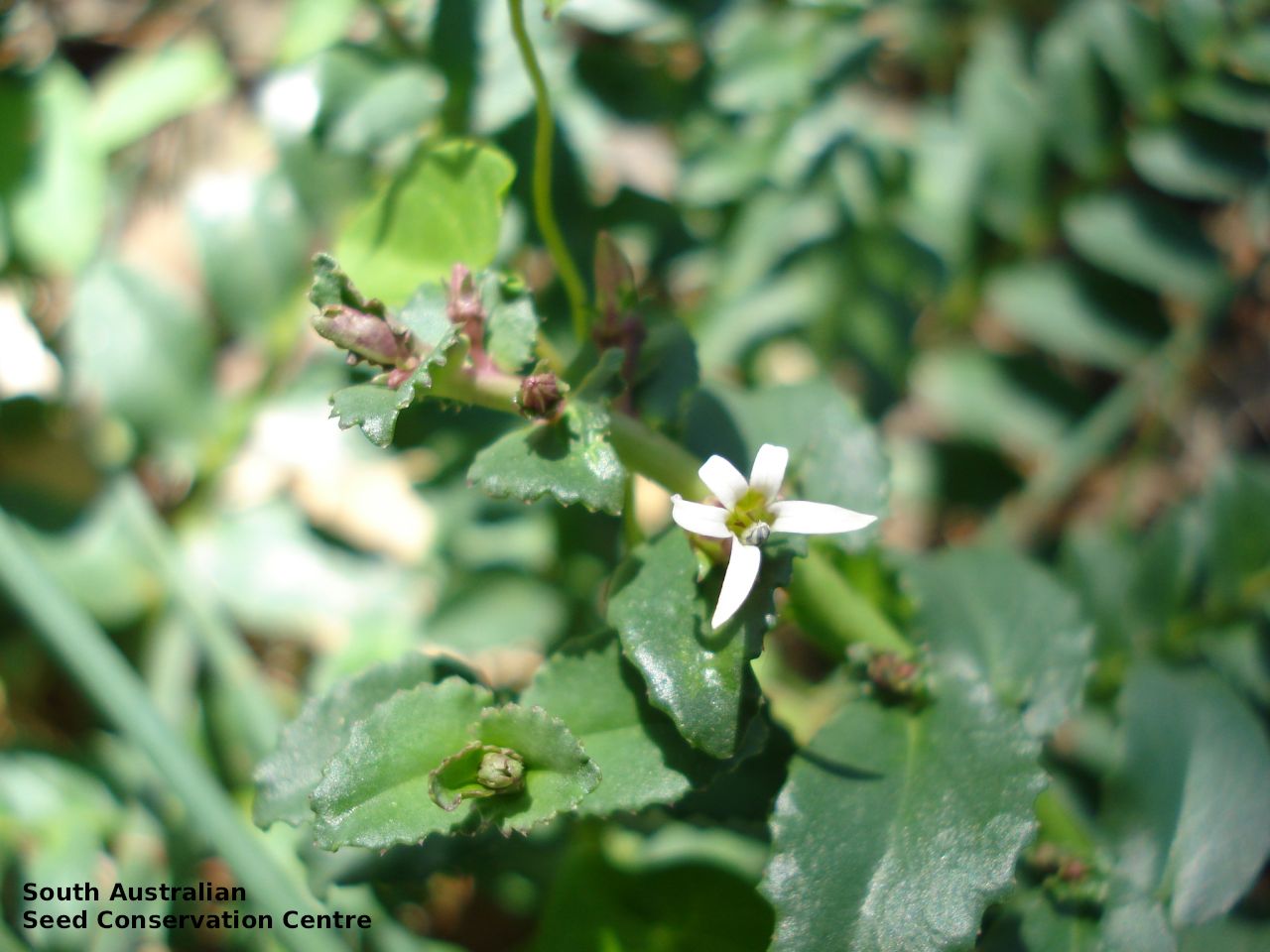
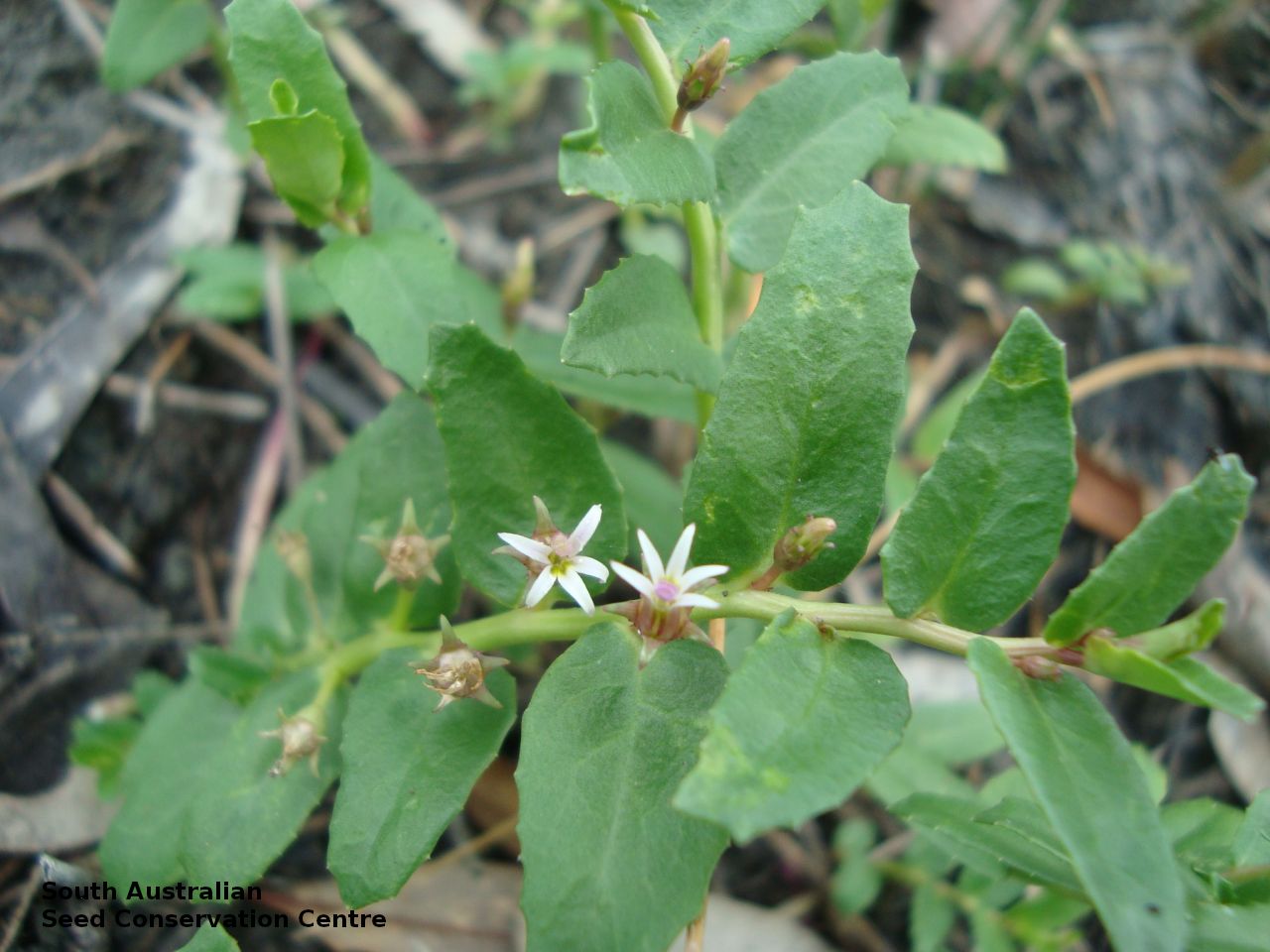
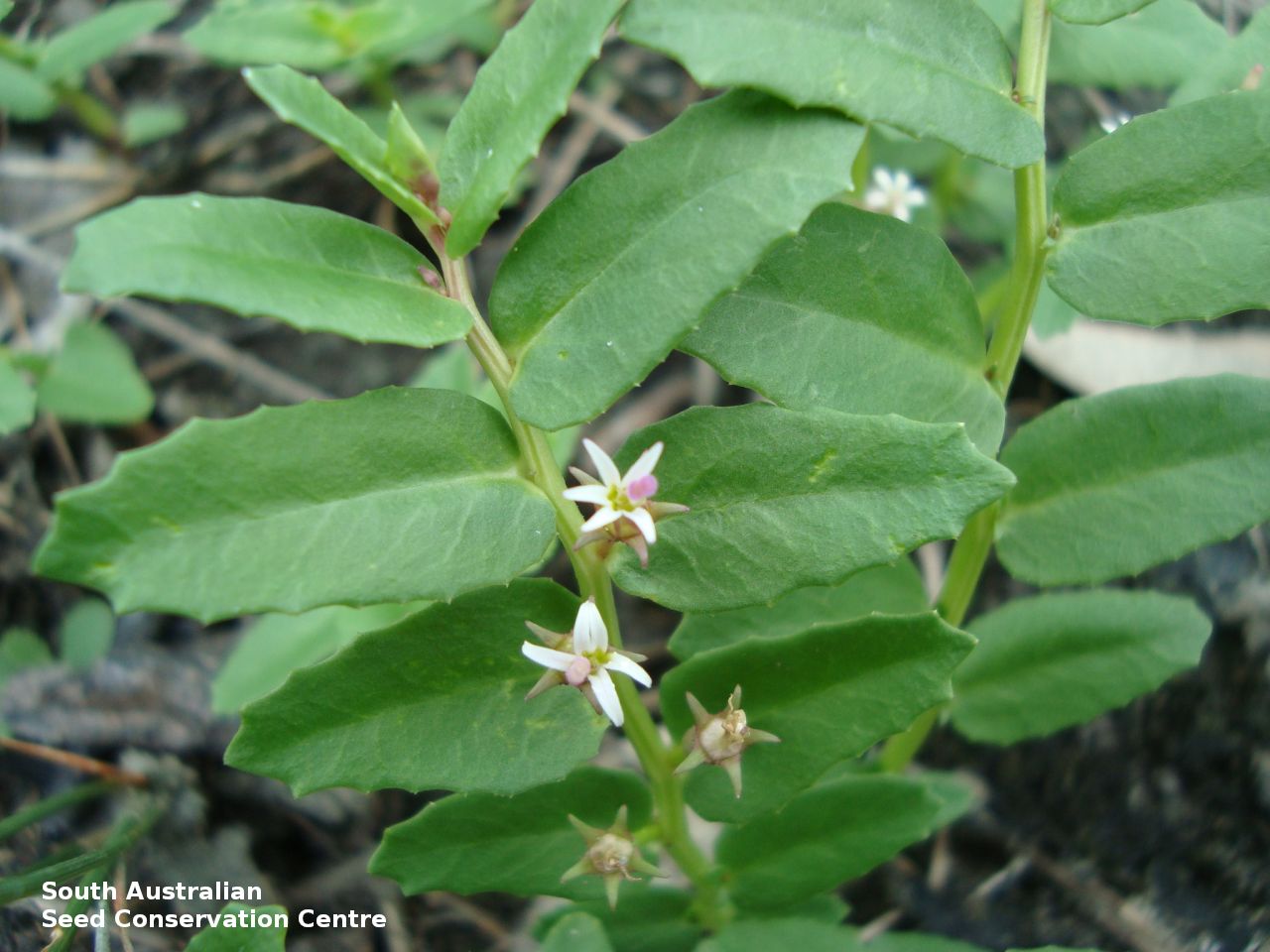
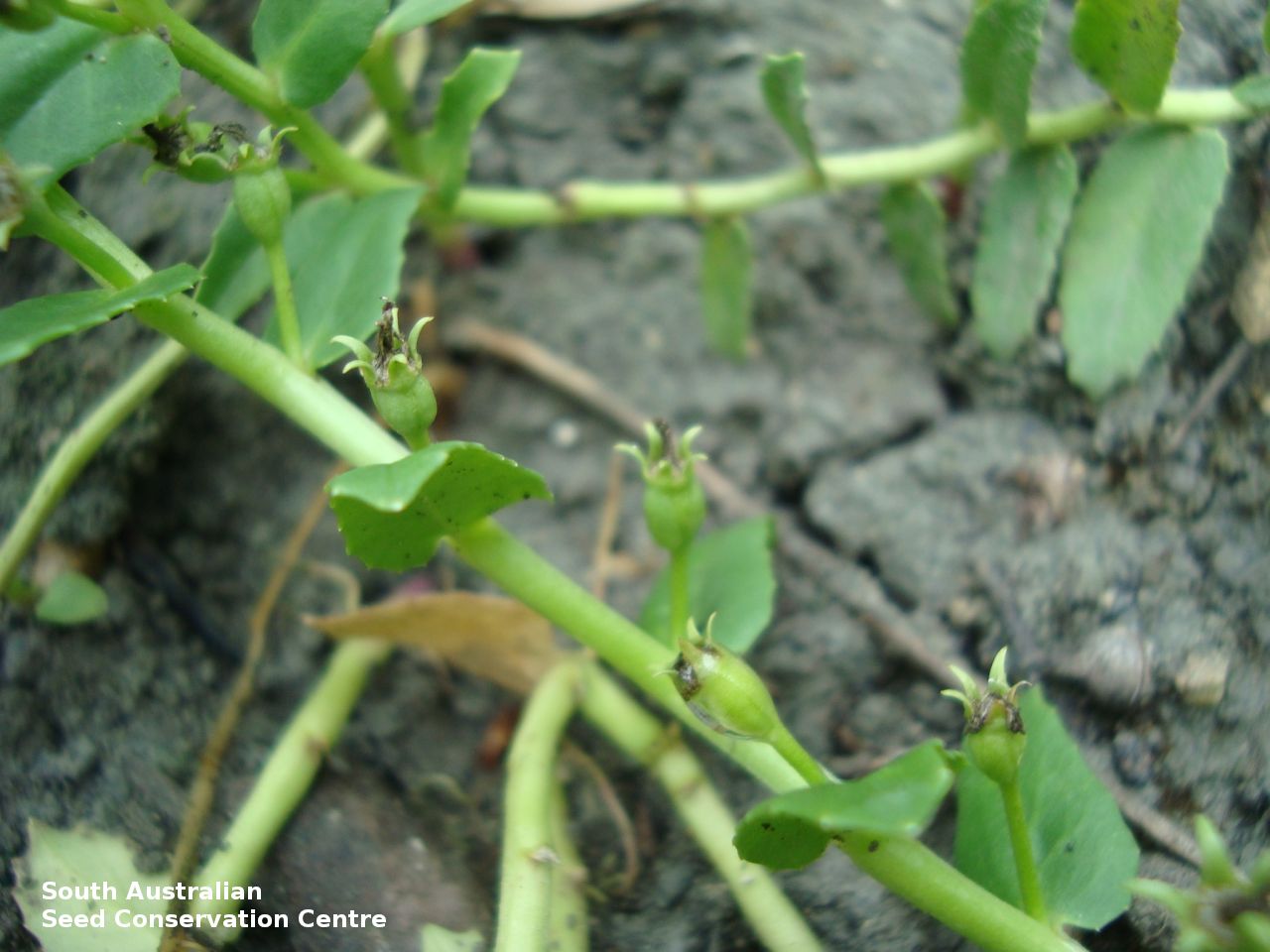


Botanical art
Prior names
Pratia concolor
Pratia erecta
Common names
Milky Lobelia
Poison Pratia
Milky Pratia
Etymology
Lobelia, named after Mathias de Lobel (1538-1616), physician to William of Orange and then botanist to James I of England. Concolor, means same colour, referring to above and below the leaves.
Distribution and status
Found along the Murray River and around Bordertown in South Australia, growing on heavy soil in moist depressions or sometimes associated with irrigated pastures. Also found in Queensland, New South Wales and Victoria. Native. Rare in South Australia. Common in the other States.
Herbarium regions: Northern Lofty, Murray, Southern Lofty, South Eastern
NRM regions: Adelaide and Mount Lofty Ranges, South Australian Murray-Darling Basin, South East
AVH map: SA distribution map (external link)
Plant description
Prostrate and somewhat succulent herb with rhizomes, roots thick and fleshy;, branches smooth often zig-zagged from leaf to leaf. Leaves sessile or almost so; oblong-lanceolate to oblong-elliptic, to 30 mm long and 15 mm wide; obtuse or acute with widely spaced teeth or serrations, each somewhat thickened, glabrous. Flowers, single in the axils of leaf-like bracts towards the apex of branches, with white or pink-tinged, purple flowers. Flowering between January and April. Fruits are brown ellipsoid to globose capsule to 8 mm long. Seed embryo type is linear, under-developed.
Seed collection and propagation
Collect seeds between April and June. Collect mature capsules that are fat, turning a pale straw-colour and containing brown seeds. Can be time consuming to find mature capsules. Can collect individual capsules or break off whole stem. Place the capsules in a tray and leave to dry for one week. Rub the capsules gently by hand to dislodge the seeds. Use a sieve to separate the unwanted material. Be careful as the seeds are very small. Store the seeds with a desiccant such as dried silica beads or dry rice, in an air tight container in a cool and dry place From one collection, the seed viability was high, at 100%.
| Location | No. of seeds (weight grams) | Number of plants | Date collected | Collection number Collection location | Date stored | % Viability | Storage temperature |
|---|---|---|---|---|---|---|---|
| BGA | 670 (0.06 g) | 100+ | 9-May-2007 | DJD788 South Eastern | 1-Aug-2007 | 100% | -18°C |
Number of plants: This is the number of plants from which the seeds were collected.
Collection location: The Herbarium of South Australia's region name.
% Viability: Percentage of filled healthy seeds determined by a cut test or x-ray.